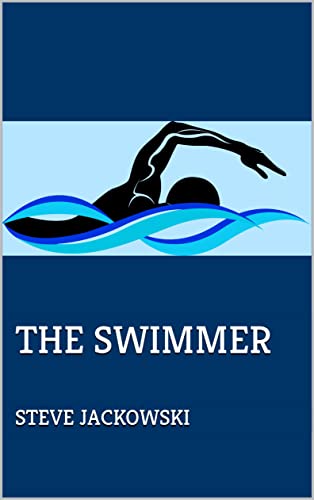
When I started my first novel, The Silicon Lathe, I knew I wanted to tell a semi-autobiographical tale of my life as a young entrepreneur starting out in the Silicon Valley. After a long career filled with my experiences of innovation, creativity, and altruism confronting ambition, greed, manipulation, and downright evil, I knew I had more than enough material for a novel, probably several. Wherever there's money to be made you will find the best and the worst in people.
And I was lucky. Since the novel is about the history of the Silicon Valley, I could just start at the beginning of my career and finish at the end. To bring the proper context to the reader, I took the logical approach of opening each section with the year's global events. It was easy to put together a simple outline for the book.
When I wanted to add sections about extreme sports and juxtapose them with the challenges, successes and failures, all I had to do was insert them in the proper places.
My second novel, Ethics (unpublished), was a cathartic book. I started by writing the first and last chapters, then worked from back to front to fill in an outline. I poured my heart into the novel and often found myself writing long emotional diatribes. My early readers pointed out that I'd gone a little far with most of these and suggested some trimming or perhaps more accurately, some serious clear cutting. But with the outline, this clean up was easy to do and Ethics is arguably my best work to date.
With The Shadow of God, an outline was essential. This was my first foray into the mystery/psychological thriller genre. Imagery was a key part to very subtle foreshadowing as were the clues that I dropped in each section. As the San Francisco Book Reviewer said:
"Jackowski lays out the information in such a way that everything is in place long before you discover it. This is a very smart book, perfect for both readers who like to try to solve the crime before the characters do and readers who love to reread mysteries to see all the hints early on."
The outline enabled me to decide where to put the clues and even to move them around when I made organizational revisions. Even better, when I was well into the book and wrote something that required corresponding changes earlier on, those places in the book were easier to find using the outline - certainly easier than searching for key words or reading for situations whose locations I couldn't quite remember months later.
Unfortunately, in my latest novel, I decided to try to write it without an outline. It hasn't gone well. I've written sections to introduce each of the main characters, have set up several ominous situations, have laid down hints to start leading the reader astray, but the fact is, since I'm not sure where I'm going, it's kind of hard to bring the reader along. I find that I have too many options. I start down a path, then backtrack or second guess myself. It has taken me far longer to get less than 25% done than it did to write an entire outlined novel. I'm starting over with an outline and will refine it to a couple of levels before I start continue writing this book.
What I've learned is that outlining is not just an organizational tool. It forces you to think through your story and to make decisions so that when you're heads down, you know where you've got to get to. Even better, when you hit a block on a particular subject or character, you can just decide to write a different section and come back to the difficult one when you're ready.
Unlike a building, where you need to lay the foundation before getting into the heavy construction, as a writer, if you have an outline as your plan, you have the freedom to construct the story and then to come back to lay that foundation with clues and foreshadowing.
For me, the outline is my safety net. I won't write without one again.


 RSS Feed
RSS Feed